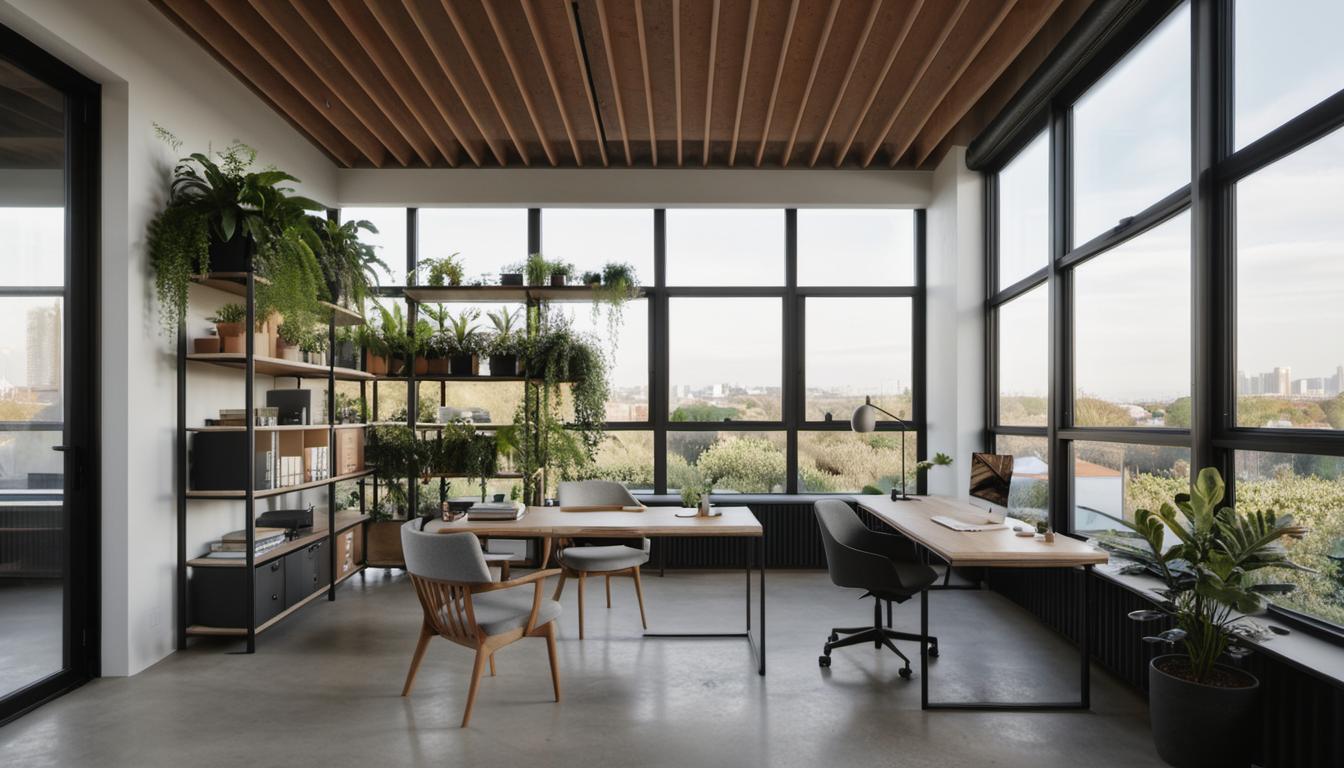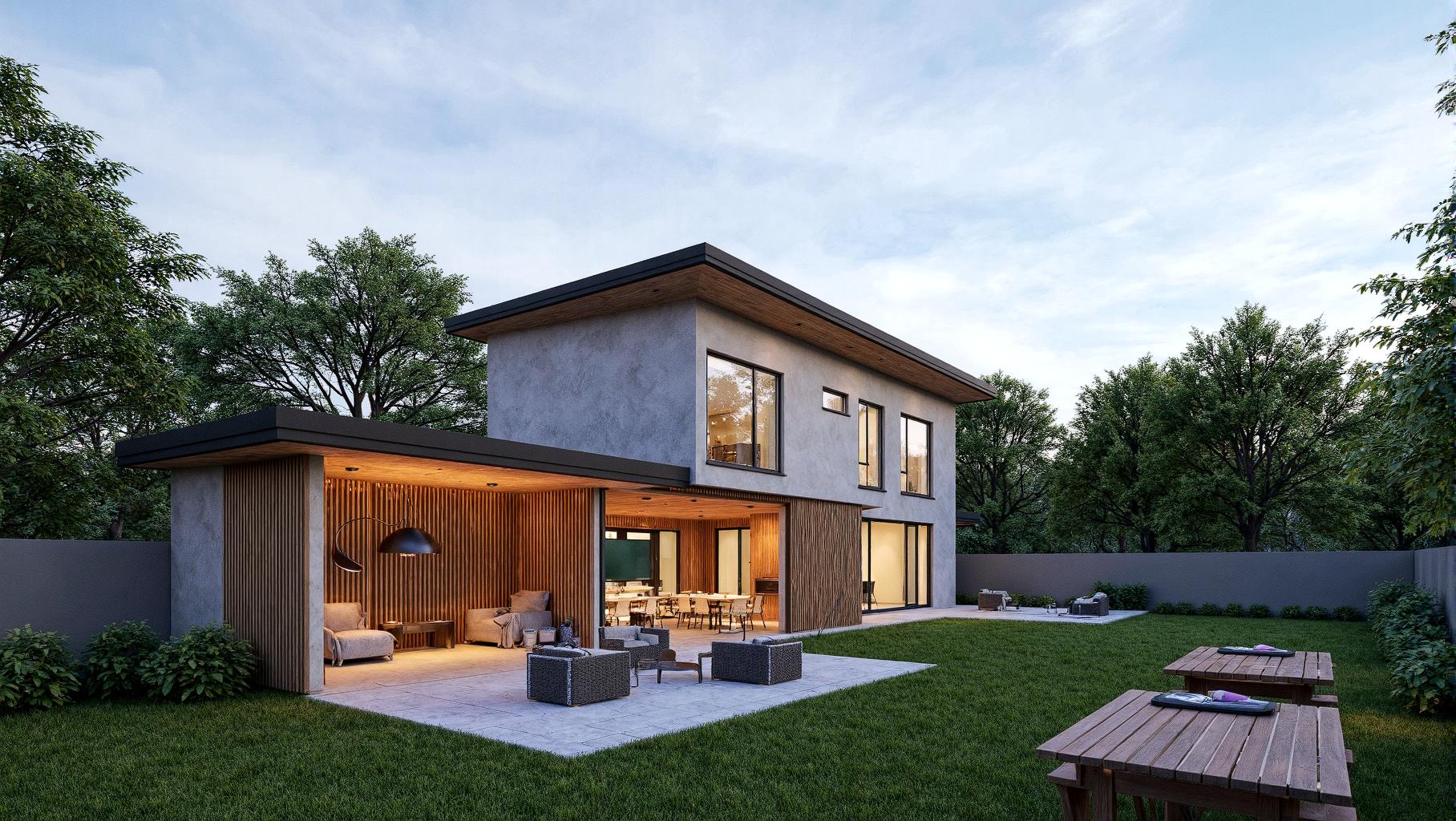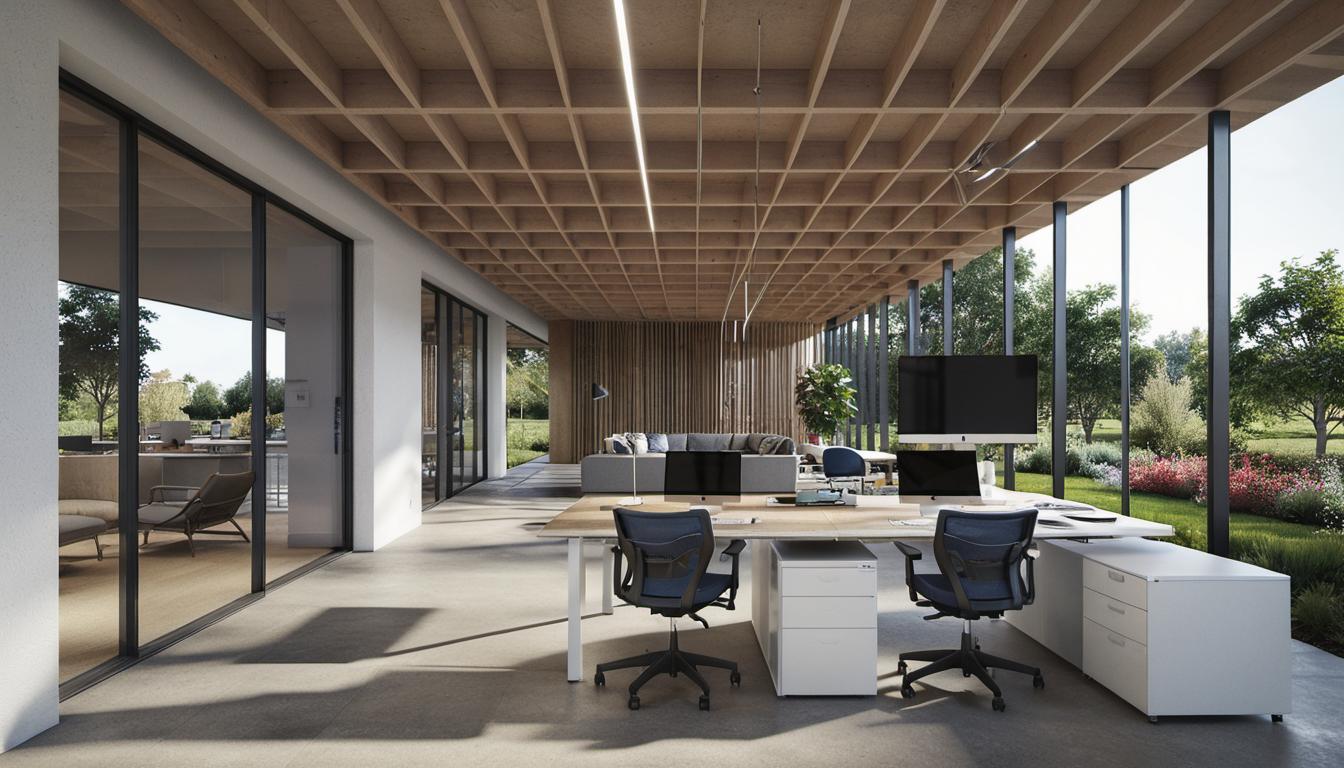Remote Work and Technological Advancements in Architecture
Among the changes brought by remote work, a notable one is the use of advanced technology. Today’s generation of architects employ tools like 3D printing, offering realistic models and prototypes, easing the identification of potential mishaps at an early stage.
Immersive technologies, such as VR and AR, are becoming increasingly prevalent in architecture. They offer an interactive experience, allowing clients to visualize and experience proposed structures like never before.
Moreover, digital platforms ensure seamless communication among virtual teams and between architects and clients. This contributes significantly to effective collaboration and successful project completion.
Sustainability and Remote Work in Architecture
The concept of sustainable design is gaining momentum in the architectural industry due to growing environmental awareness. Modern architects, including those working remotely, are now more focused on integrating eco-friendly elements into their designs.
Examples of sustainable design features include the use of recycled materials and energy-efficient appliances. Architects are also leveraging solar panel technology to make their creations more environmentally friendly.
Changing Client Needs and Remote Work
Client preferences are significantly shifting towards innovative and experimental designs. Coupled with an increasing interest in sustainability and energy efficiency, these trends are driving architects – particularly remote-working ones, to adapt their design strategies and methodologies accordingly.
Benefits of Remote Work in Architecture
Remote work in architecture offers a plethora of benefits, such as the freedom to work from any location. This development also fosters affordability and flexibility in work schedules.
A major advantage of remote work is that it saves time, leading to increased productivity. It also supports maintaining a healthier work-life balance, thereby enhancing overall job satisfaction.
Challenges of Remote Work in Architecture
Despite its numerous advantages, remote work presents challenges like building professional relationships. However, adopting effective strategies like video conferencing, instant messaging, engaging in online communities, and creating dedicated home workspaces can help overcome these hurdles.
The Influence of Remote Work on Architectural Designs
A significant impact of remote work is its influence on the boundaries between home and office. Architectural design is evolving to accommodate both personal and professional use within the same space. Digital communication tools have been instrumental in shaping these new-age designs.
Leading Architecture Firms Adapting to Remote Work
Successful architecture firms are adapting to these changes in remarkable ways. Infra I Nova, for example, is well-known for its flexible and adaptive designs. They emphasize designs that promote productivity and collaboration, regardless of the location.
FAQs
How is remote work reshaping the architectural industry?
Remote work is compelling architects to rethink traditional workspaces, integrating both professional and personal use. Architects are also adapting to new client expectations and making use of advanced technology to maximize productivity.
What role does technology play in the future of architecture?
Technology goes hand in hand with the future of architecture. Tools like 3D printing, VR, and AR offer realistic models and immersive experiences while digital platforms aid in team collaboration and client interaction.
How are sustainable practices influencing architectural designs?
Sustainable practices are a significant influence in reshaping architectural designs. Focus on sustainable design elements like recycled materials and energy-efficient utilities is growing, along with the utilization of solar technology to make buildings more eco-friendly.
What are the benefits and challenges of remote work in architecture?
Benefits include flexibility in work schedules, increased productivity, affordability, and enhanced work-life balance. Challenges comprise of building relationships while working remotely and maintaining motivation. Effective strategies, like video conferencing and other digital tools, can help mitigate these issues.
How has remote work influenced the design of living and working spaces?
Remote work has led to a redefinition of work and living spaces. Architects now design interiors that accommodate both professional and personal use, including home-office spaces, demonstrating the influence of remote work on living and working conditions.






